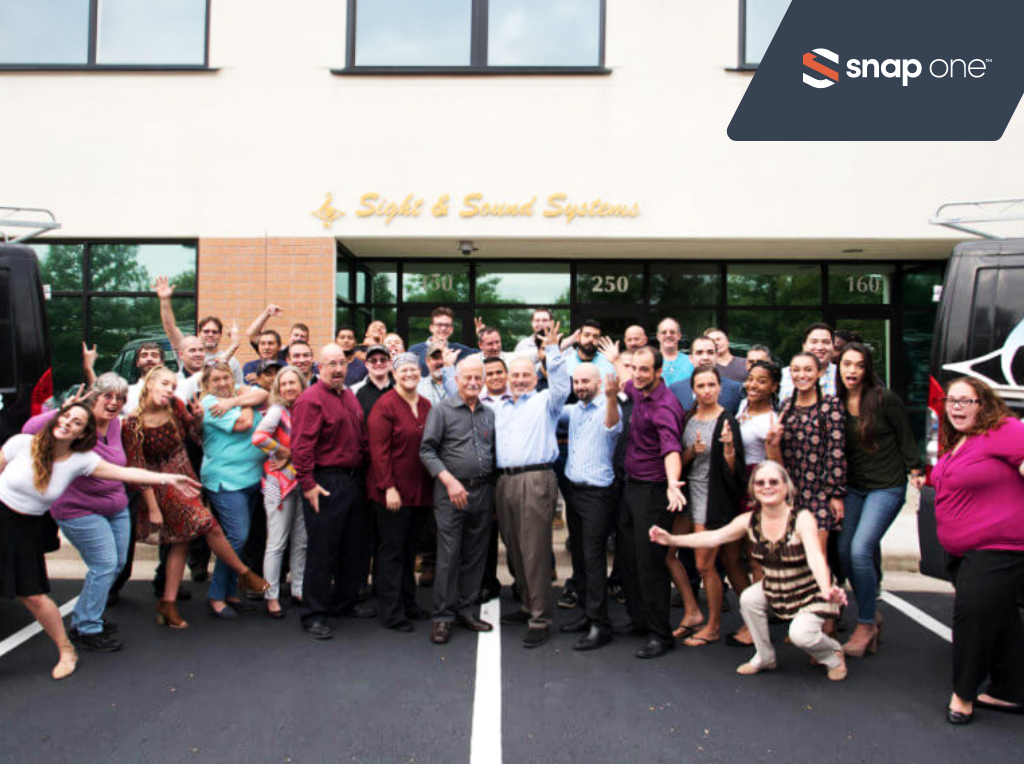Alarm Format Universality and Why it Matters to the Industry

In terms of alarm format universality — being as compatible as possible with as many formats as possible — the industry has yet to achieve a single standard.
With seemingly endless alarm formats, working with every alarm panel, every time seems like a pipe dream wrought with confusion and painstaking decision-making processes. However, Telguard has stepped up with cellular communication by creating communicators that work with more alarm formats than any other brand, with the TG-7FS leading the charge in the commercial fire space.
Daniel Rosales, Telguard Senior Director of Technical Services, defines the concept of alarm format universality while explaining the reasons alarm communicators should work with a variety of formats; how this benefits dealers and end user customers; and answers three “whys” — why Telguard; why cellular fire communication; and why Telguard chose to work with more alarm formats than other brands available in the following Q&A:
 Daniel Rosales – Senior Director of Technical Services, Telguard
Daniel Rosales – Senior Director of Technical Services, Telguard
What is alarm format universality?
Rosales: To put it in simple terms, an alarm format is the “language” that is used by the panel to communicate with a central station’s receiver. If the receiver knows the language the panel communicates in, events can be sent. Central stations aim for alarm format universality as they deal with many panels reporting in that could be using many different formats. Therefore, it is important for receivers to “speak the same language” as the panels.
The concept of alarm format universality is the ability to be compatible with as many formats as possible and not be boxed into a single or small set of formats. We have come far as an industry when it comes to standardization, but there still is not a universally accepted format that panels from different generations can use, and even if there was one, the different format options available to each panel would create a diversity that would be difficult to overcome with a single-format communicator.
Why is it important for alarm communicators to work with a variety of alarm formats?
Rosales: The short answer? To be able to bring almost any panel the benefit of a cellular communicator, regardless of brand, age or format used.
Speaking of age, to be able to work with a fire panel that was
manufactured five years ago and uses Contact ID, then turn around and work with a system that is 30 years old, using pulse dialing to deliver messages, and to be able to offer the same communication path to both … this is universality at work. (If you only work with a single format, how universal can you be?)
The concept of alarm format universality is the ability to be compatible with as many formats as possible and not be boxed into a single or small set of formats.
How does alarm format universality benefit dealers and end use customers?
Rosales: From a business perspective, I think the major benefit is the ability to say “yes” to customer requests without major caveats.
For example, a customer reaches out and wants to add cellular to a 30-year-old system that is working great over phone line. As a dealer, you could respond with: “I have a universal communicator that can handle the job,” or tell the customer, “I have a communicator, but it will not work with the format your panel is working with, so we will have to replace some equipment.”
As a businessperson, you want to be able to say “yes,” start capturing RMR and not risk losing the job because the cost of the second option could make the customer think twice about making any changes. A universal communicator gives dealers the power to offer a communicator that will handle this customer’s request.
From a technical perspective, it also allows you to standardize on a single communicator for all jobs. Repetition creates the masters, and as installers and service technicians work on the same communicator, they become those masters. Having the ability to use the same type of communicator for a retrofit on a 20-year-old panel as you would on a brand-new installation provides technicians with the ability to continuously get better and more efficient with that type of install. With efficiency comes shorter installation times, better practices, and better troubleshooting, all of which positively impact business.
What feedback has Telguard received from AHJs and Fire Marshals about alarm format universality found in the TG-7FS?
Rosales: The feedback on universality is not mainly coming from them, but from our dealers.
For AHJs and Fire Marshals, though, it is really about reliability and accuracy with signal delivery. One aspect that is appreciated by AHJs and inspectors all around is the fact that if a dealer standardizes on a universal communicator, it makes their lives a lot easier, because they know the product, know how good it is, and know how to test it come inspection time.
So, a dealer standardizing on a universal fire communicator really makes the AHJ’s job easier and the happier they are, the happier the dealer will be.
Why Telguard, why cellular fire communication and why does Telguard choose to work with more alarm formats than other brands?
Rosales: Telguard has been around for decades. Telguard was the first to introduce the Sole Path cell communicator to the industry, so not only does Telguard have the expertise in cellular communications, but there is not a communicator vendor out there that has better history in the fire world.
From a technical perspective, it is more difficult to continue to develop systems that are compatible with as many formats as Telguard caters to. There are a lot of technical specifications that we must keep in mind, which increases the engineering effort, but one thing we have in mind is the customer.
Telguard, as a big part of the security and fire industry, is dedicated to providing a service that serves a purpose and fills a gap. By supporting different formats, we are giving our customers the option to add a cellular solution to systems that may not have the option with any other communicators and, by including the TG-PEM, we are adding to the universal concept to adapt to systems without DACT. By choosing to continue to spend resources on maintaining universal compatibility, we are doing our part to help our customers.
About Daniel Rosales
Daniel Rosales, senior director, Technical Services, has over 13-years of experience in the industry, currently playing an important role in the deployment of the first Commercial Fire Sole Path communicator. With intimate knowledge of the state of the industry from security, life safety and PERS to the residential and commercial spaces, Rosales oversees the technical support department as well as leads the Product Management team for Telguard. He has facilitated multiple lectures and in-depth educational sessions that focus on NFPA72, Cellular Evolution and general understanding of emerging cellular technologies and their application to IoT, security and life safety. He believes a strong support system is necessary for customer success.




